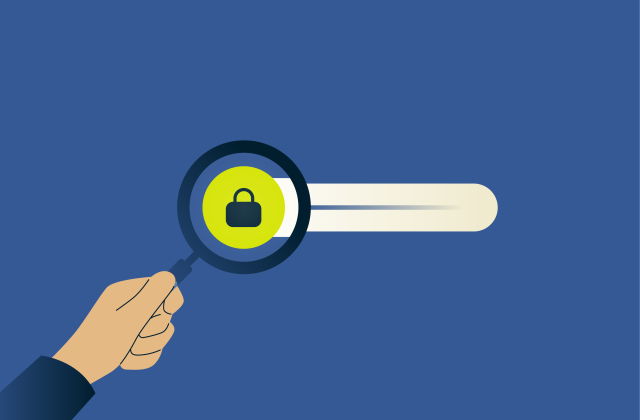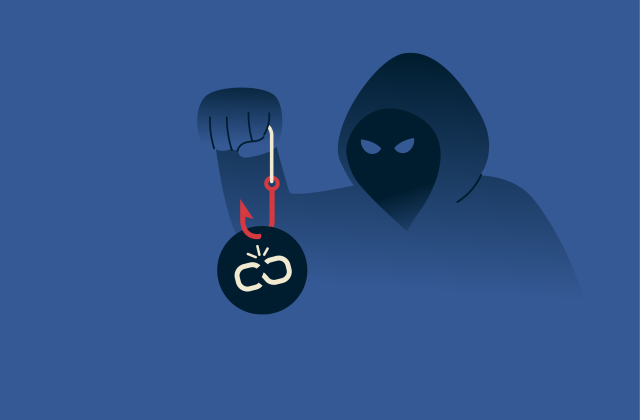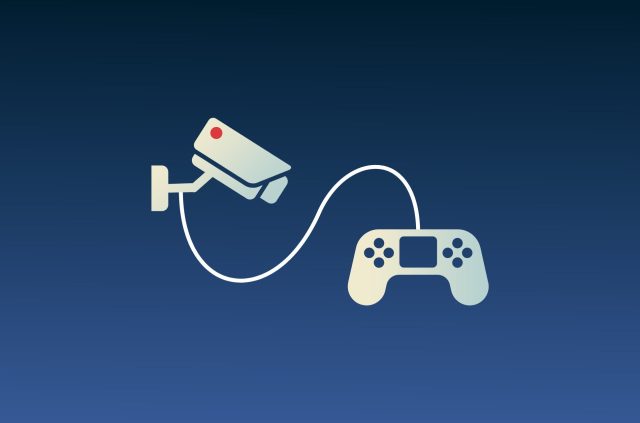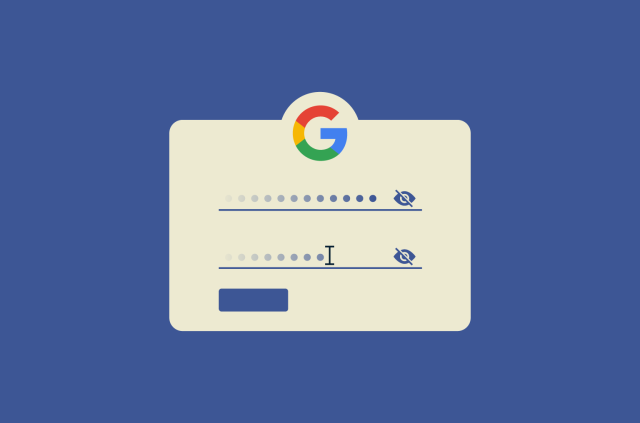ExpressVPN-blog
Hét adres voor het laatste nieuws over privacy, ExpressVPN en praktische handleidingen

Laatste berichten
-

Beste veilige zoekmachines: vind de juiste voor jou
Hoeveel weet jouw zoekmachine echt over je? Het antwoord: behoorlijk veel. De meeste traditionele zoekmachines verzamelen gegevens zoals je zoekgeschiedenis, locatie, apparaat en zelfs het tijdstip w...
-

Wat is biometrie? Complete gids voor moderne identiteitstechnologie
Iedereen heeft unieke biologische kenmerken, van vingerafdrukken en gelaatstrekken tot stempatronen en meer. Deze stukjes biologische gegevens, bekend als biometrische gegevens, krijgen in de moderne ...
-

Wat is URL phishing? Alles wat je moet weten
Elke dag klikken talloze mensen op links terwijl ze op internet browsen of hun e-mails lezen. De meeste zijn volkomen veilig en sturen de gebruiker naar betrouwbare, legitieme websites. Sommige links ...
Uitgelicht
Alles bekijkenUitgelichte video
-

Top 10 videogames die je kijk op privacy zullen veranderen
https://www.youtube.com/watch?v=7uOfHGT5p4w Als je van online gamen houdt en geïnteresseerd bent in privacy, bekijk dan deze videogames over hacken, cyberbeveiliging en surveillance. Ze zijn niet all...






